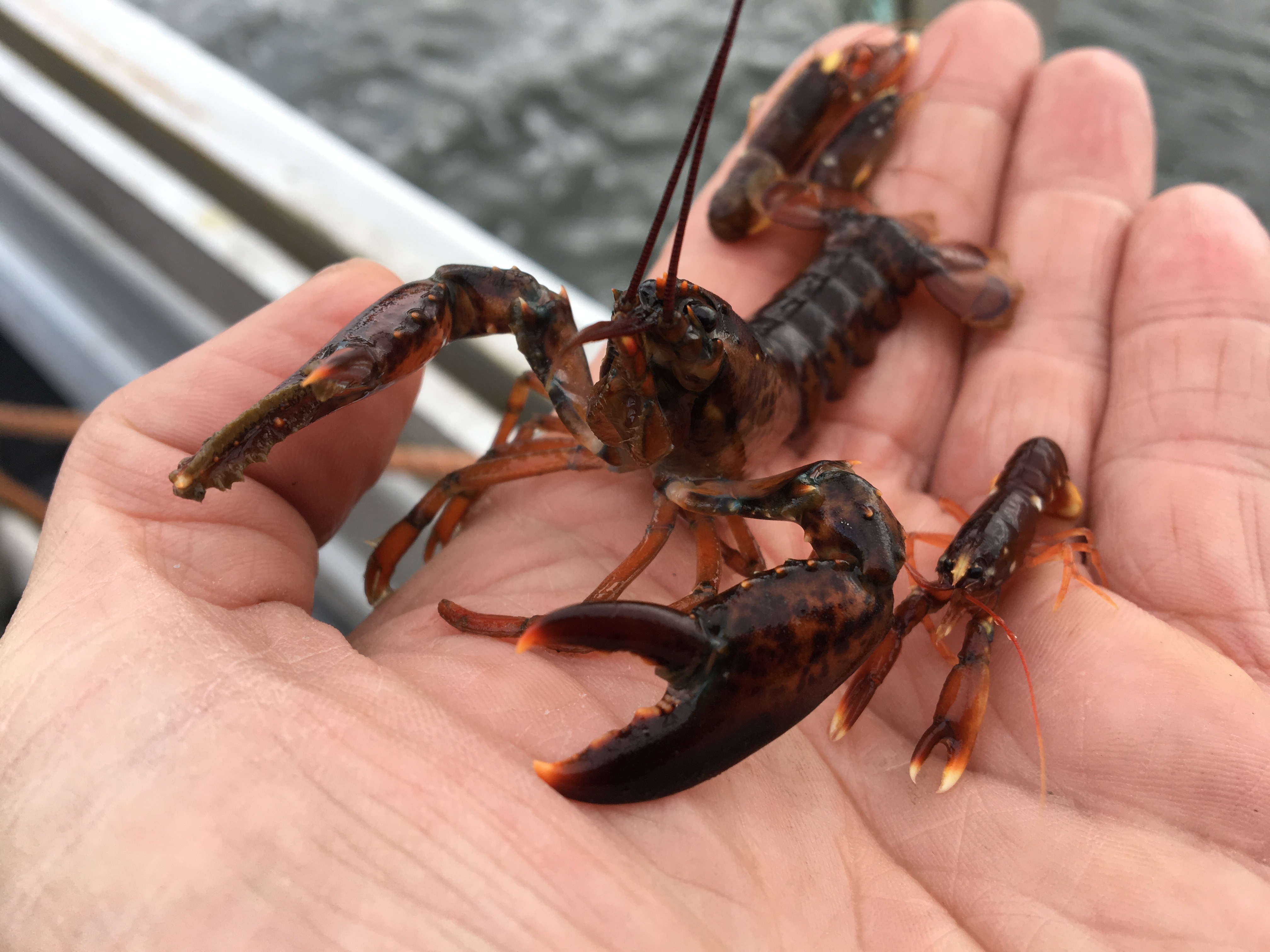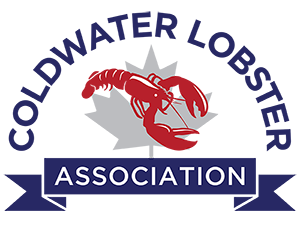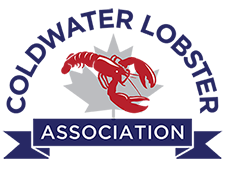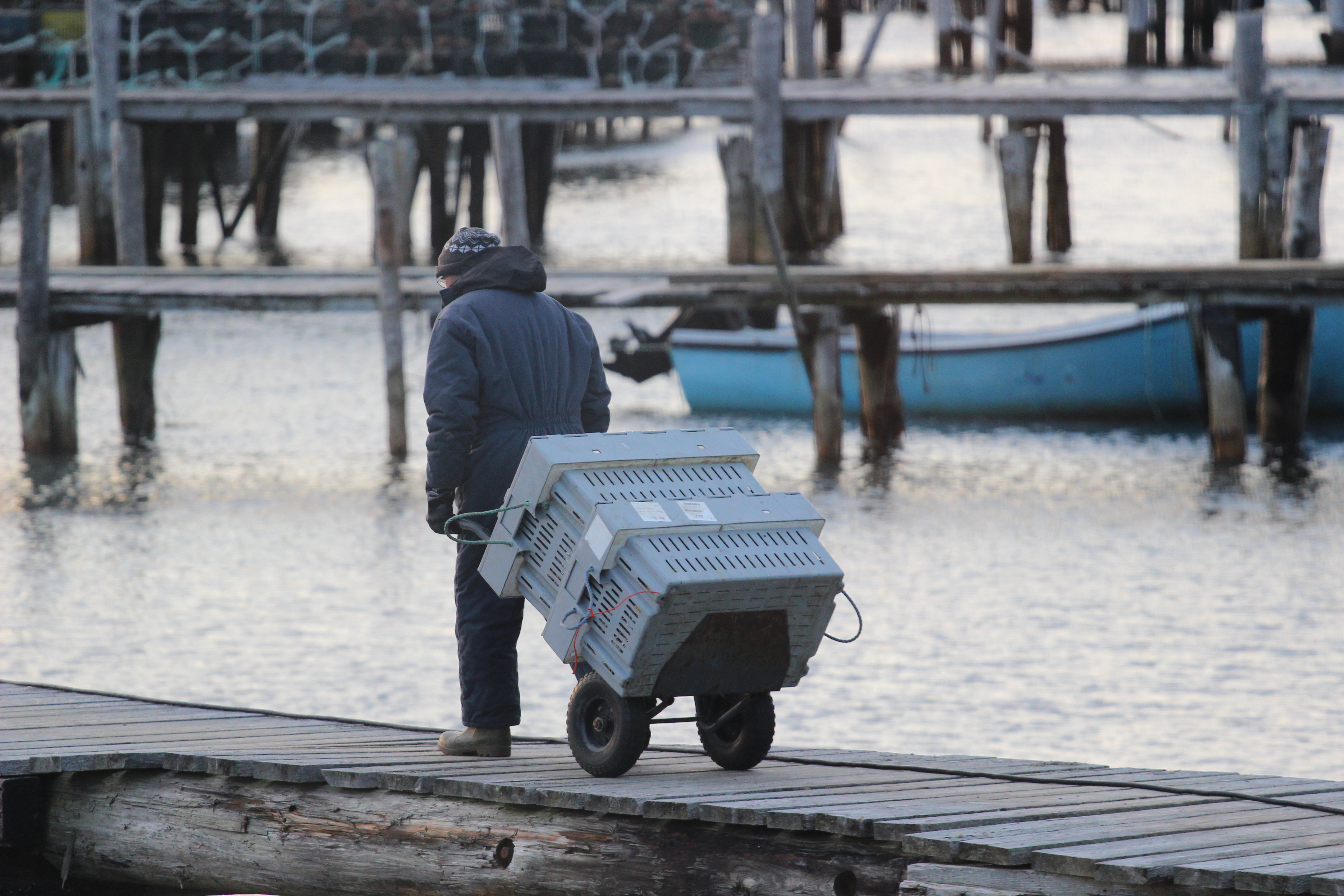ABOUT OUR FISHERY
Value of the Lobster Industry
To place a value, both monetary and societal, on the importance of the lobster fishery in Nova Scotia, particularly, Southwestern, Nova Scotia is difficult to measure in the absence of a comprehensive socio-economic impact assessment. The lobster fishery in Southwest Nova (as it is often referred to) employs thousands of people both on and off the water (not including spin-off jobs) and represents the heart of our coastal communities. The lobster landings in LFA 34 alone account for 40% of the Maritime Region landings and 25% of Canadian landings. Add to the equation, the value of lobster exports to the Canadian economy and one will quickly appreciate that lobster, as a resource, must be protected and managed by employing a sustainable, scientific approach.
Over the past 10 years, Nova Scotia has witnessed an exponential growth in our live lobster exports as more and more countries get a taste of the luxury seafood product that our province has to offer. We take great pride in harvesting the best quality, hardshell lobster, the world has to offer. LFA 34 is considered one of the largest and most lucrative lobster fishing areas in Canada with landings in the last 5 years averaging approximately 50,000,000 mlbs per season – Now that’s a lot of lobster!
From the cold, pristine waters of the Atlantic to the consumer’s plate,
there’s no comparison to a Nova Scotia lobster.

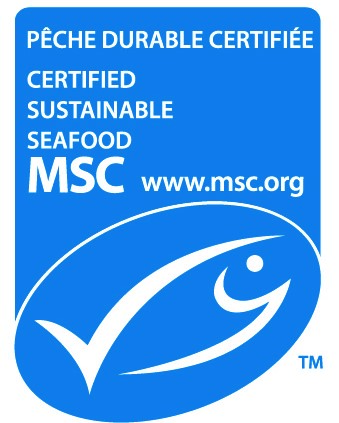
Conservation – MSC Certified
In 2015, Nova Scotia’s commercial lobster fishery achieved International accreditation through Marine Stewardship Council (MSC) certification. Lobsters sourced from our fishery are eligible to bear the blue MSC eco-label which demonstrates that our fishery is well-managed and that our lobsters are harvested in a responsible, environmentally sustainable manner. The MSC ‘stamp of approval’ is the world’s leading certification body for sustainably caught seafood and the MSC label has garnered ever-increasing recognition among consumers worldwide, greatly influencing the export market value of our lobsters (live and processed) and other commercial fisheries.
Inshore Lobster Fishery Regulations
The inshore lobster fishery is one of the last remaining fisheries whereby a quota system has not been implemented. Yet, the lobster fishery is a highly regulated, limited entry fishery.
Lobster license holders are restricted to their designated LFA and cannot fish outside of that area. Coldwater Lobster Association represents license holders primarily throughout LFA 34, one of Canada’s largest and most lucrative lobster fishing areas.
Additional lobster licenses cannot be created, but licenses can be transferred between individuals, sold or revoked. There are currently 979 lobster licenses in LFA 34: 944 Class A licenses and 35 Commercial Communal licenses.
Lobster fishing seasons for each LFA are based on a number of factors but are primarily set around the timing of the lobster’s moult. The lobster season for LFA 34 begins the last Monday in November and goes until May 31st.
Licence holders are permitted to fish a certain number of traps and in LFA 34, the trap limit is set at 375 however, during the Spring months of their season (April and May), an additional 25 traps can be set.
Examples of gear requirements include:
Every trap must be tagged with one (1) securely fastened tag that indicates the tag number, the tag issuer, and year.
Each trap is required to have either:
- Two unobstructed circular openings the diameter of each of which is not less than 57.2mm; or,
- One unobstructed rectangular opening the height and width of which is not less than 44mm (height) by 127mm (width)
No rope greater than 5/8″ in diameter shall be used in any portion of the ground lines, buoy lines, or lines attaching a trap to a ground line (trawl gear).
Only lobsters with a minimum carapace length of 82.5 mm (3.25″) can be harvested; size restrictions varies between LFAs.
Berried females (egg-bearing) and v-notched females (previously identified as an egg carrier) cannot be retained and must be returned to the ocean.
The opening of the lobster fishing season, also known as ‘Dumping Day’ presents many challenges and as a safety protocol for LFA 34, license holders are not permitted to haul their gear until the following day. This protocol is unique to the Southwestern region of Nova Scotia given the size of the fleet and the winter conditions of our fishery.
